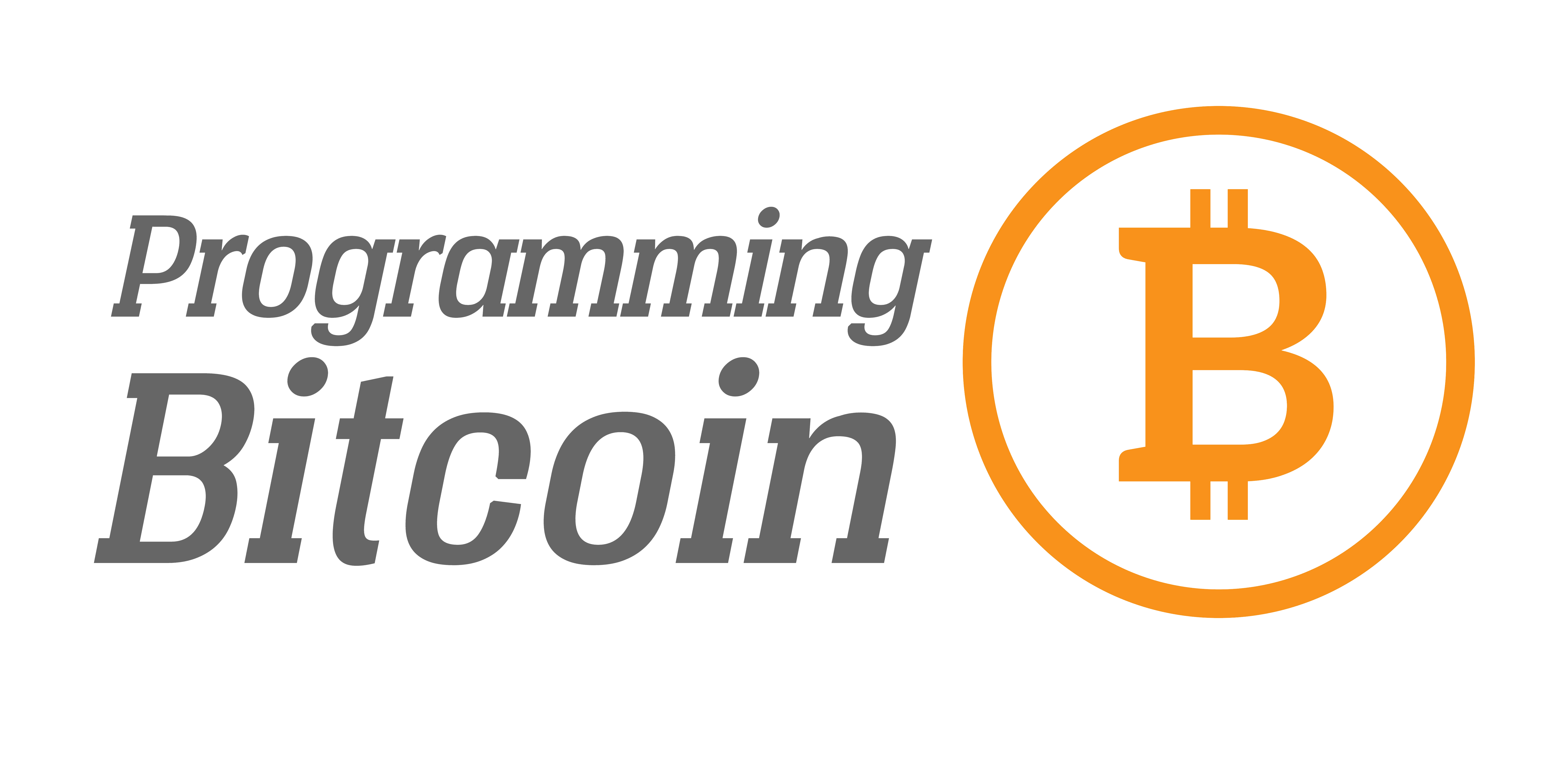How to Write a Book in 4 Days
About a year ago, I was talking to someone about how difficult it was to get myself to write. I had been working on a book for O’Reilly and Associates for about 9 months at that point and had talked to other authors who acknowledged the same problem. Many authors find that books take a long time to write with 2 years being the norm. The 14 months that I took for my book was relatively fast, according to my editors.
Why is book writing so slow?
It occurred to me that there must be a better way. After all, I’m a programmer and I’ve done crazier, more daunting tasks in a much shorter amount of time . What was different? Why was writing a book, or more specifically, getting into a flow to write so hard?
The problem was motivation. It’s easy to get stuck in a pit of despair with a large hill to climb. In the situations where I was most in the flow, the main motivators were a clear purpose, a clear goal, and most importantly, other people depending on me. Could a book be written the same way an application is prototyped? That is, quickly and iteratively as in a design or coding sprint? Could you really write a book in a week or less?
I became obsessed with the book sprint idea and I started mentioning it to some friends. I found that the coordination to create the right environment is pretty difficult given that everyone has obligations. The book sprint idea would have to wait to be paired with the right project that would be worthy of such coordination.
The Project
The project was not something I had expected to get involved in. I’ve been a programmer for a long time and though I care about human rights, it’s not something I’ve been actively involved in during my 20+ year career. Everything changed when I met Alex Gladstein. He invited me to have dinner with some folks from the Human Rights Foundation who had a real use for Bitcoin, the subject of the book I had just written. It turns out that Bitcoin is helping lots of people in distressed places with authoritarian regimes. I learned a lot about what they were doing and we promised to keep in touch.

Alex called me a short while later asking me if I would review a book idea he and a co-author had. The idea was how Bitcoin was changing society, especially in the realm of human rights. This would necessarily require some description of Bitcoin and why a government couldn’t control it, so they wanted my review.
Bringing Together a Book Sprint
They wanted to pitch me on the idea, but I wanted to pitch them on book sprinting to see how well it could work.
You would think most people would tell me I’m crazy to think that a book can be written so fast, but reactions are consistently the opposite. Most people think right away that writing a book in a week is possible. This is likely because we’ve all done herculean tasks in a short amount of time. Maybe you were in a group project in college or managed to recreate the whole application in a crazy week before release at a startup. We’ve all done something superhuman with a group of people over a short amount of time. These are often some of our best memories and proudest moments.
In the end, we were enthused about book sprinting this project and we decided to gather some more people. After some discussion about who would be good for the project, we ended up with 8 people for a 4-day sprint in August. We weren’t sure at all if that would be enough time, but we decided to give it a go.
The Setup
We managed to get a place where we could all sleep, eat and work in early August. We wanted to be free from distractions to just work on the book. We had plenty of coffee, a good amount of food and lots of post-it notes and pens. We even had a gym, swimming pool, and a nice kitchen to cook our food.

We all brought our laptops, had a lot of places to discuss one-on-one, other places to work quietly and still other places to discuss everything in a group setting. We made liberal use of food delivery services and relaxed every evening.
Figuring Out What to Write
Taking a lead from design and code sprint principles, we started by getting into the mind of our target audience. We did an exercise where we each described the audience we had in mind. We wanted a good idea of where they would be at before reading the book, so we did a little role play to get into character. We asked our hypothetical audience member what they knew about Bitcoin, what their impressions about it were and what their biggest questions were.
We also wrote down what their reviews would be after reading our book. These served later as something like acceptance tests for our book. Everything we would write later had to be evaluated on whether it would help readers get to the review we wanted.

Now that we knew where our audience was before and after the book, it gave us a good idea what knowledge the reader lacked. We then listed everything possible that could help the reader get from point A to point B on separate post-it notes. We then put them on the wall and started organizing them together.
Organizing
We gathered at the sticky-filled wall and started to organize the ideas into groups. There were some obvious categories to write about, but some seemed to be completely out on their own. After an hour or so, we managed to group them and label what would become our chapters.
We put the chapter titles on bigger post-it notes and started discussing what the table of contents would look like. What sort of flow through these topics would help the readers? How could we get the reviews we wanted? What started as ten chapters were combined and shrunk to six chapters in an order that was both engaging and clear.

At this point we were at the end of Day One, but we felt really good about where we were. We knew what topics we needed to write about (chapters), and topics each chapter needed to cover (post it notes in each chapter). The only thing left were the actual words.
Writing
The next two days went surprisingly fast. We assigned first drafts and kept a record of who reviewed what chapter on a whiteboard so everyone could see. Everyone wrote, re-wrote, edited, re-edited and every chapter was seen by everyone. The only rule was that when you got to the chapter, you could edit, add or delete anything. The mentality that we had was one of group ownership. This or that section wasn’t any one person’s it was all of ours. We checked in every 3–6 hours, ate together, hosted some guests who dropped by and slept when we could.

There’s something to be said about working in close proximity to one another in this environment. Whenever anyone got stuck, they asked for clarification or asked others for thoughts on the topic. There really wasn’t any room for writer’s block as we knew that everyone else was depending on us. The first drafts of each chapter were completed in about 6 hours. Each round after that took about 3 hours each. Everyone added their own perspectives in each round of edits. Sometimes whole sections would be added. Other times, there would be illustrations or stories here and there, and still others improving the style.

At the end of the Day Three, we had a manuscript with the content but not quite the voice we wanted. Still, we sent the book out for review by trusted friends who fit the audience profile. In the meantime we started to make the voice in the book consistent. We found that the book worked better by rearranging the longest chapter into a Q&A section at the end of the book.
Review
The last day was spent on a lot of copy-editing. Asking questions such as: Is this concept clear to someone that doesn’t know anything about Bitcoin? Did we mention this concept yet by this time in the text? What other illustrations do we need?

The review process is where we found that we had some conflicts. Should we include this section or that? How much detail does this particular section need? There was a lot of disagreement and hence a lot of talking through what we needed to change. It’s easy to see why. There was a lot of effort that sometimes got deleted and it’s easy to feel slighted.
In the end, we reviewed the whole book, rewrote certain parts and uploaded the laid out book to Amazon which can be seen here.
Conclusion
I can say with confidence that book sprinting is very different than traditional book writing. There was a lot more energy, creativity, and excitement in sprinting instead of the slog, dread and boredom of the normal process. Of course, there was also more conflict, discussion and throwing away, but overall, the trade-off was totally worth it.

I was shocked at the quality of what we could achieve in such a short time. I’m very proud of how the book turned out and I am sure my co-authors would say the same. This might be a good time to mention them by name: Timi Ajiboye, {cryptonight}, Alex Gladstein, Lily Liu, Alex Lloyd, Alejandro Machado, and Alena Vranova. I can say confidently that this book brought us together in a way that no conference or group meeting could.
The key piece seems to be what we did the first day where we agreed on what we were trying to write. That helped guide a lot of our discussions and made disagreements less personal.
If there was anything I would change, it would be to involve an editor from the beginning. A lot of passages needed fleshing out and others needed tightening up. Trying to make the voice a little more consistent from the beginning would have helped a lot.
That said, the sprinting process was incredibly enlightening about what can be done when a group is motivated. We made a book describing why Bitcoin matters in four days! I know for myself that I’ll try more book sprints. You can see the results for yourself here.


Comments are closed